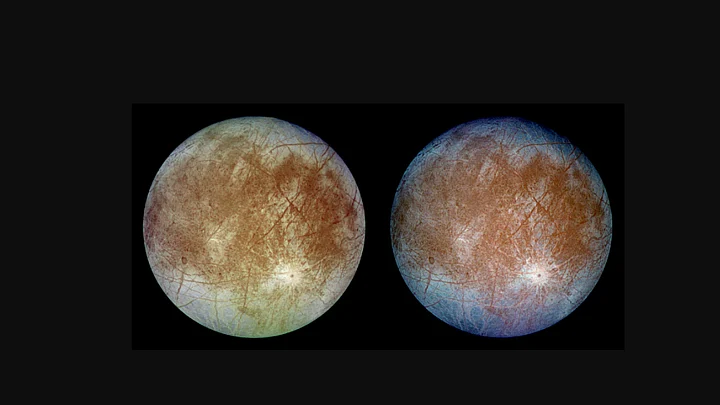Researchers at NASA have released a few observations about Jupiter’s moon, Europa, that hints at the possibility of alien life.
Europa, first discovered by Galileo Galilei is only a little smaller than Earth’s own moon. Scientists at NASA say it may have plate tectonics similar to those on Earth.
A paper published by Brandon Johnson on the Journal of Geophysical Research said that the presence of plate tectonic activity could have important implications for the possibility of life in the ocean thought to exist beneath the moon's surface.
If an ocean exists on Europa, NASA’s scientists believe that the tides might also create volcanic or hydrothermal activity on the seafloor, supplying nutrients that could make the ocean suitable for living things.
The findings bolster earlier studies of Europa's surface geology that found regions where the moon's ice shell looks to be expanding in a way that is similar to the mid-ocean spreading ridges on Earth.
Brandon Johnson, from the Department of Earth, Environmental and Planetary Sciences of Brown University, noted that surface crust is enriched with oxidants and other chemical food for life. Subduction provides a means for that food to come into contact with the subsurface ocean scientists think probably exists under Europa's ice. "If indeed there's life in that ocean, subduction offers a way to supply the nutrients it would need," Johnson said.
(With PTI inputs)
(At The Quint, we question everything. Play an active role in shaping our journalism by becoming a member today.)
